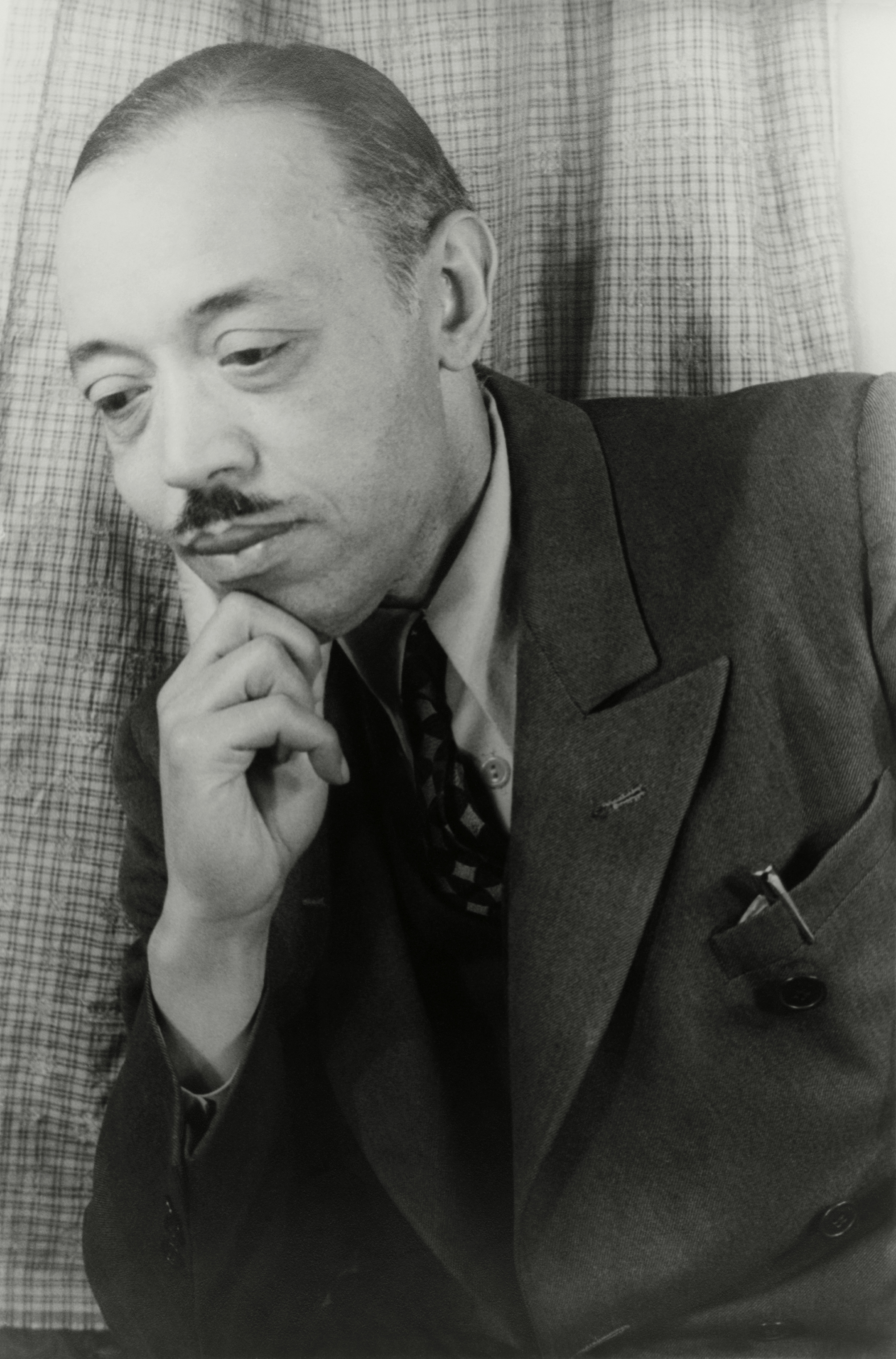William Grant Still
The 20th & 21st CenturiesFor me, there is no white music or Black music. There is only music by individual men that is important if it attempts to dignify all men, not just a particular race.

Carl van Vechten, Public domain, via Wikimedia Commons
Like many composers of the early-to-mid twentieth-century, William Grant Still drew upon his own heritage of folk music to incorporate new styles into the orchestra repertoire. Born in Mississippi in 1895, he showed musical talent from an early age. His parents were professors at Alabama Agricultural and Mechanical College, although his father died when Still was just three months old and his mother re-married. The family remained well off enough to attend concerts and purchase a Victrola phonograph player, fostering Still’s love for classical music, while his grandmother introduced him to traditional spirituals. As a young man, he studied formally at Wilberforce College, where he met and married another student named Grace Bundy. Still also studied privately with professors at the New England Conservatory and Oberlin College.
He served in the still-segregated Navy during World War I, at first as a galley assistant, but when the officers discovered his musical talent, he would play violin at the officer’s dinners, even when his ship was under attack.
After World War I, he moved to New York and worked as an arranger for musicians in the Harlem Renaissance, particularly Fletcher Henderson, Blues trumpeter W.C. Handy, and Black Swan Records, creating orchestral arrangements of jazz and Tin Pan Alley music.
Still delved into orchestral music in the 1920s with his 1924 symphonic tone poem "Darker America." Although classical in nature, it incorporates hexatonic scales, blue notes, and other techniques of African American music, intended in Still's words "to suggest the triumph of a people over their sorrows through fervent prayer."
Still rose to prominence with this "Afro-American Symphony," written in 1930, which became the first composition by a black American composer to be performed by a major orchestra when it was premiered by the Rochester Philharmonic under the direction of Howard Hanson, band director at the Eastman School of Music. He moved to Los Angeles in 1934 and became the first black conductor to lead a major orchestra when he conducted the Los Angeles Philharmonic in 1936. That same year, his Alma Mater (now Wilberforce University) awarded him an honorary master’s degree.
He success continued, in spite of racial prejudice, and in 1939 he was commissioned to compose music for the New York World's Fair's. His piece "was played continuously over 30,000 times, although Still himself was unable to attend the fair without police protection except on "Negro Day." That same year, he divorced Grace and, two days later, travelled to Mexico to marry a white pianist named Verna Arvey (interracial marriage was illegal in California at the time.)
Overcoming the racial barriers Scott Joplin had encountered two decades earlier, Still successfully staged an opera he had composed with a libretto written by Verna, “Troubled Island,” in New York in 1949. He continued to compose, promote the works of other composers, and received honorary degrees from numerous institutions, including Oberlin College, Howard University, the Peabody Conservatory, and the University of Southern California, among others. He passed away in 1978 in Los Angeles at the age of 83.
